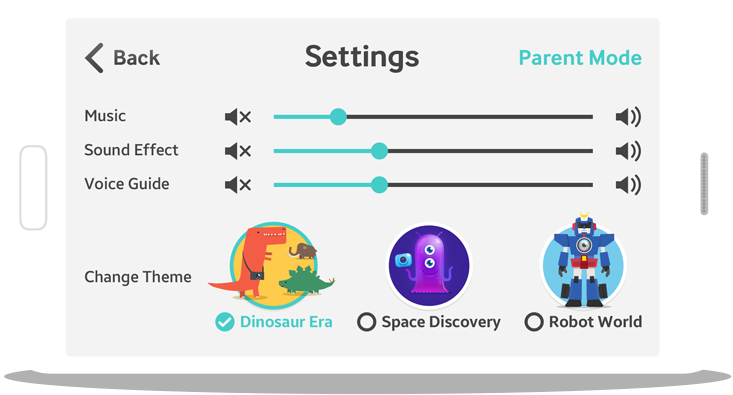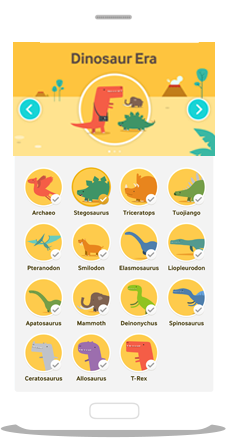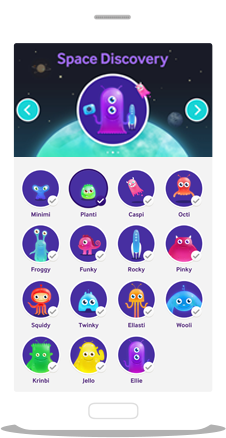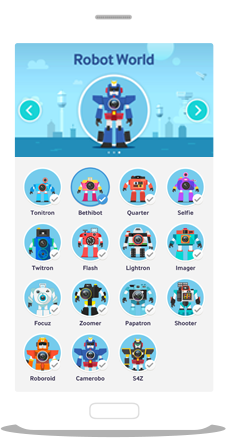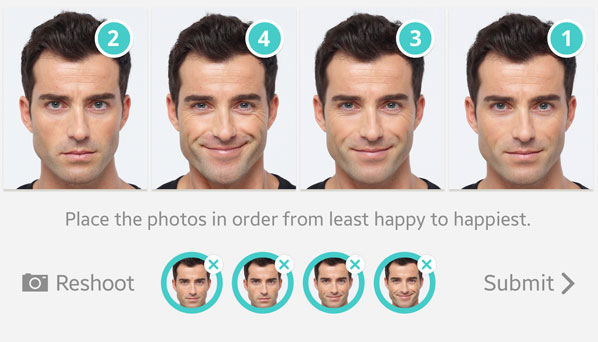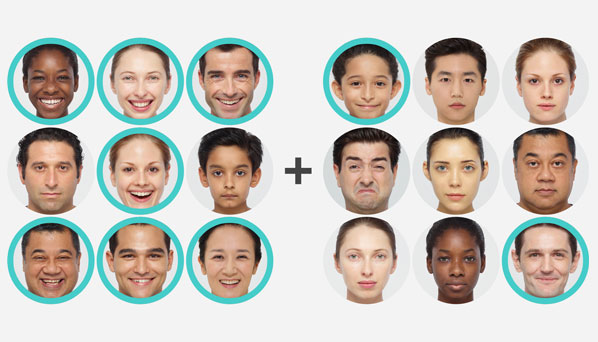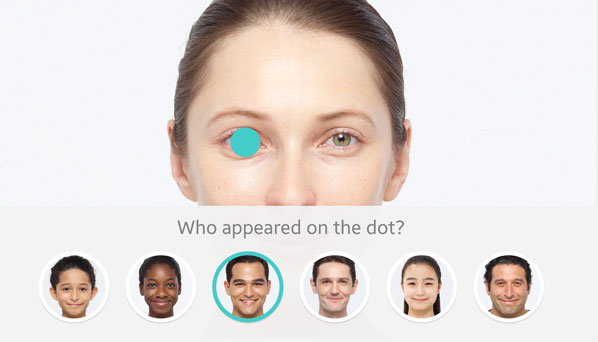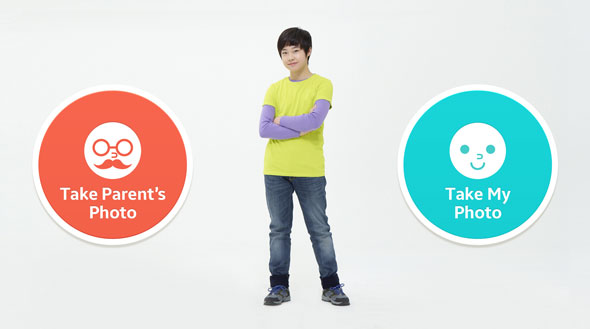
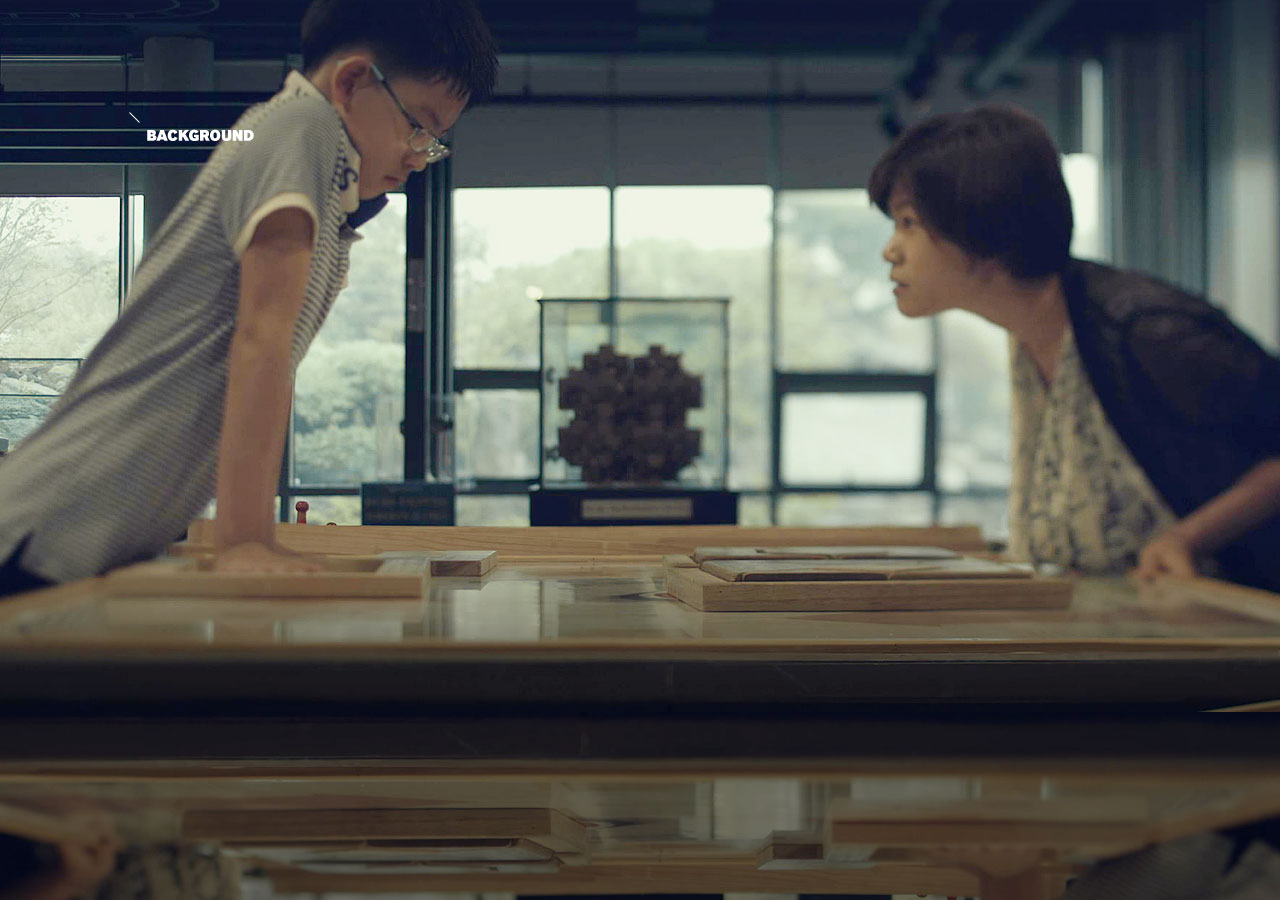

One of the criteria for diagnosing autism originates from asking 'Does the child maintain eye contact for more than 2 seconds?'. Maintaining short eye contact is common for most people, but can be especially difficult for those with 'Autism Spectrum Disorder (Autism)'. Eye contact is an important factor for social and interpersonal relationships, and is an essential part of training and treating autistic individuals. However, the means to treat the 60 million people suffering from autism are very limited. In addition, there are few facilities available in many countries due to staff shortages and high costs.
1 out of every 68 children under 8 years old will be diagnosed with autism.* How can we help these children improve the way they
communicate with the world? Samsung Electronics and Cheil Worldwide, along with researchers from Seoul National University and Yonsei
University teamed up with UX designers and application developers to determine the answer. The result was the formation of the 'Look at Me'
project, helping autistic children take their first step in communicating with the world through eye contact.
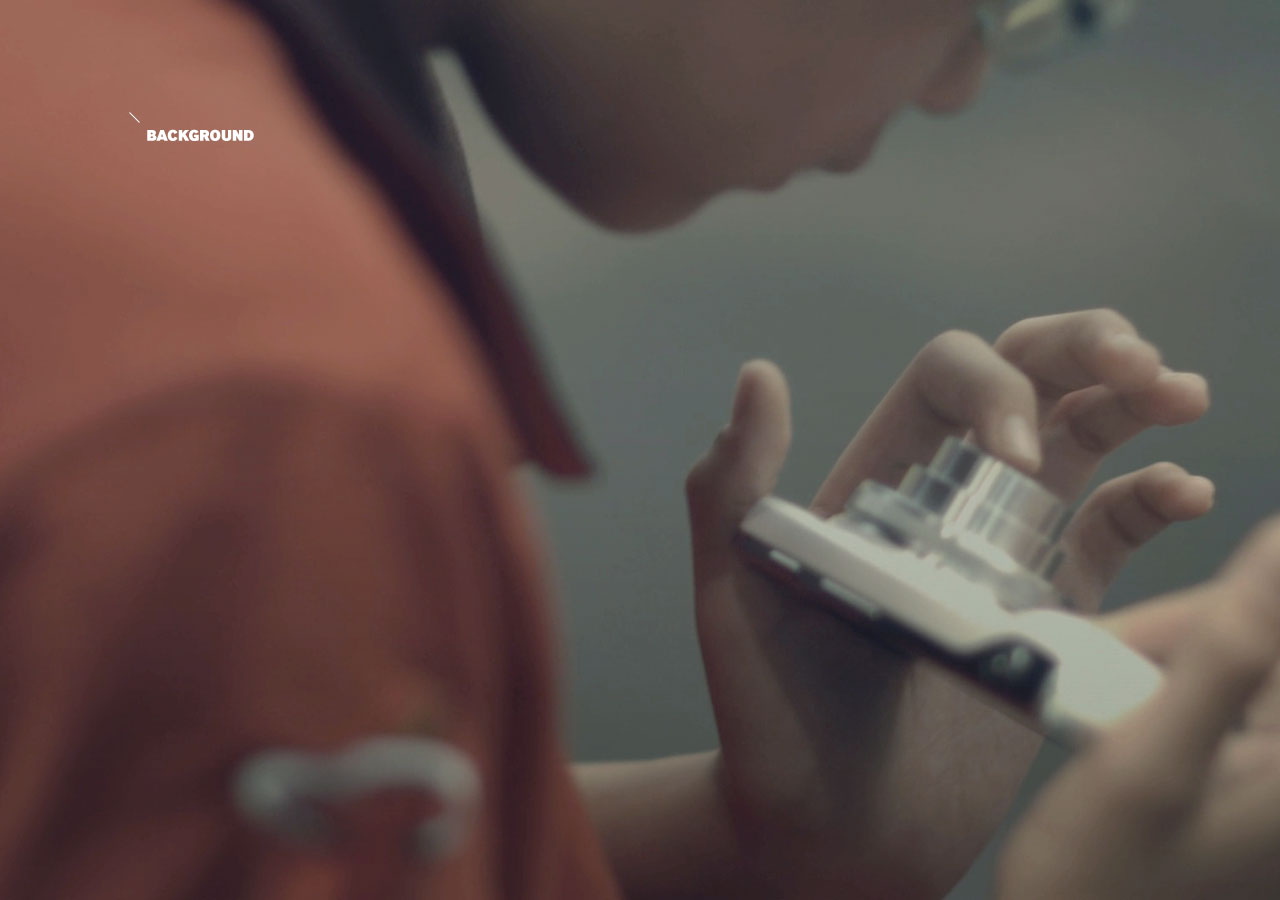

Although there are numerous treatments available for autism, their costs can be a significant burden to many families. 'Look at Me' is an accessible smartphone application that allows people to begin the training program anytime, anywhere. Autistic children often prefer digital devices that are easy to interact with. Using a smartphone display and camera viewfinder, they can become more comfortable making eye contact with the world. Users from around the world can download the 'Look at Me' app, showing signs of improvement after 8 weeks of 15 minute daily lessons.

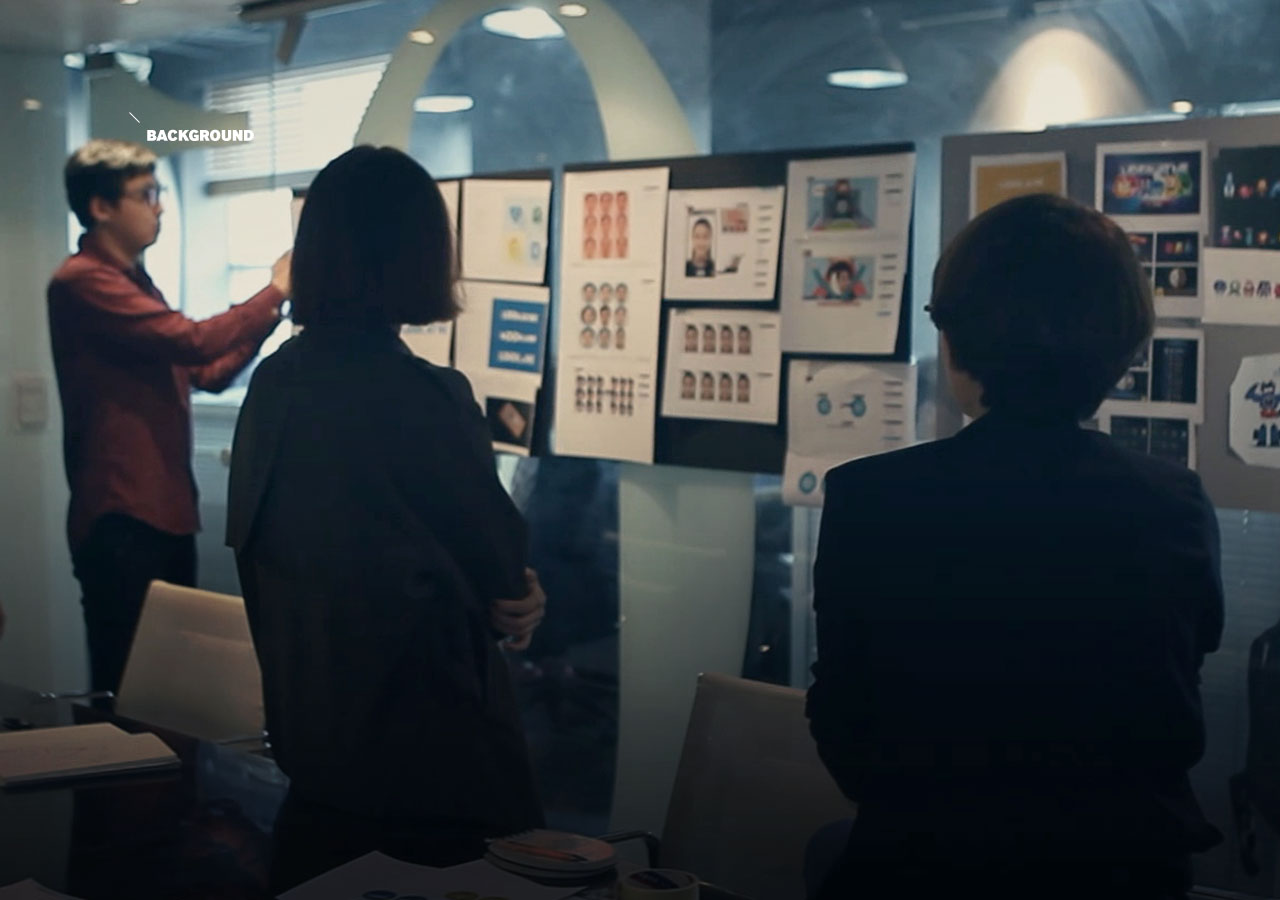
" Before the launch of Look at Me, I studied why autistic children have difficulty reading facial expressions. The ultimate goal of the study was identical with the goals of the 'Look at Me' program. Children with high-functioning autism, known as Asperger's Syndrome, often work well with machines and show a continued interest when using them. It was easy to agree with the idea of improving communication through the use of smart devices."
- Professor Chung KyongMee(Yonsei University, Dept. of Psychology)
" For many, using mobile phones or a TV is a primary form of interaction, but a camera is different. Cameras are an excellent method for embracing interactive communication on many levels (Child-Camera- Parents. The Look at Me campaign was originally a program to persuade children to become more comfortable with making eye contact, but it can also be a starting point to create additional programs that lead to more diverse forms of communication."
- Yoo HeeJung M.D.(Seoul National University Bundang Hospital,
Dept.of Pediatric Psychology)
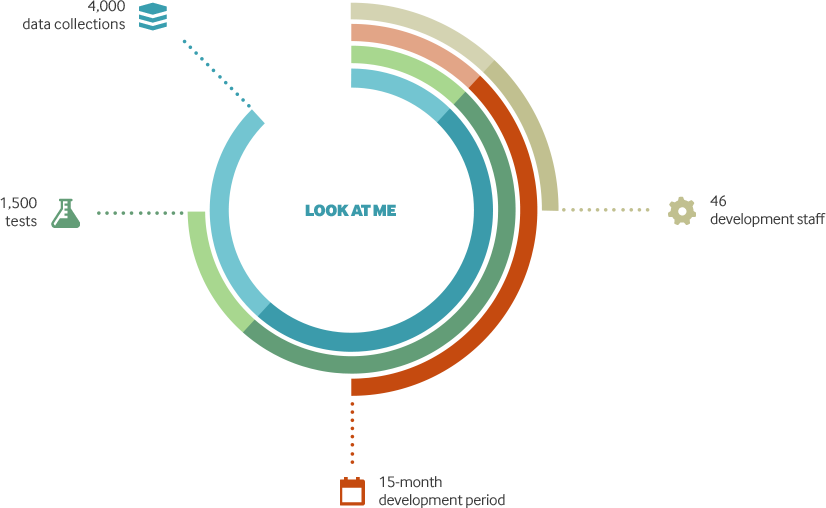
The long-term 'Look at Me' project began in October, 2013. Experts from 46 fields gathered together to create 18
levels based on 4,000 data collections. During development, 32 prototypes were created that reflected actual data
from the clinical trials with approximately 1,500 tests conducted to verify the final version. Finally, after 15 months of
development, the 'Look at Me' app was launched in both Korean and English in December, 2014.
Researchers conducted clinical trials at Yonsei University's Department of Clinical Psychology and Seoul National University Bundang's
Department of Child Psychiatry. 19 children underwent the program for 8 weeks beginning July, 2014. Based on a survey conducted after
the trials, 60% of the participants showed improved eye contact with their parents as well as others. The amount of children suffering from
autism is greater than the amount of children with Down syndrome and pediatric cancer.* However, a large majority of people suffer with-
out compassion or care as many sufferers are asymptomatic. The 'Look at Me' app lets everyone easily train to control their eye contact.
'Look at Me' offers a window of hope for autistic patients, allowing them to comfortably communicate with the word.
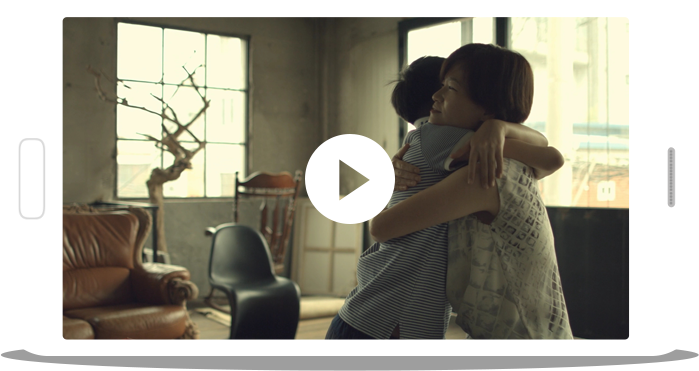 < The story of JongHyun as he participates in the clinical trial >
* Excerpt from Autism Speaks 'Autism Prevalence Rises' (March 29, 2012)
< The story of JongHyun as he participates in the clinical trial >
* Excerpt from Autism Speaks 'Autism Prevalence Rises' (March 29, 2012)
0%






